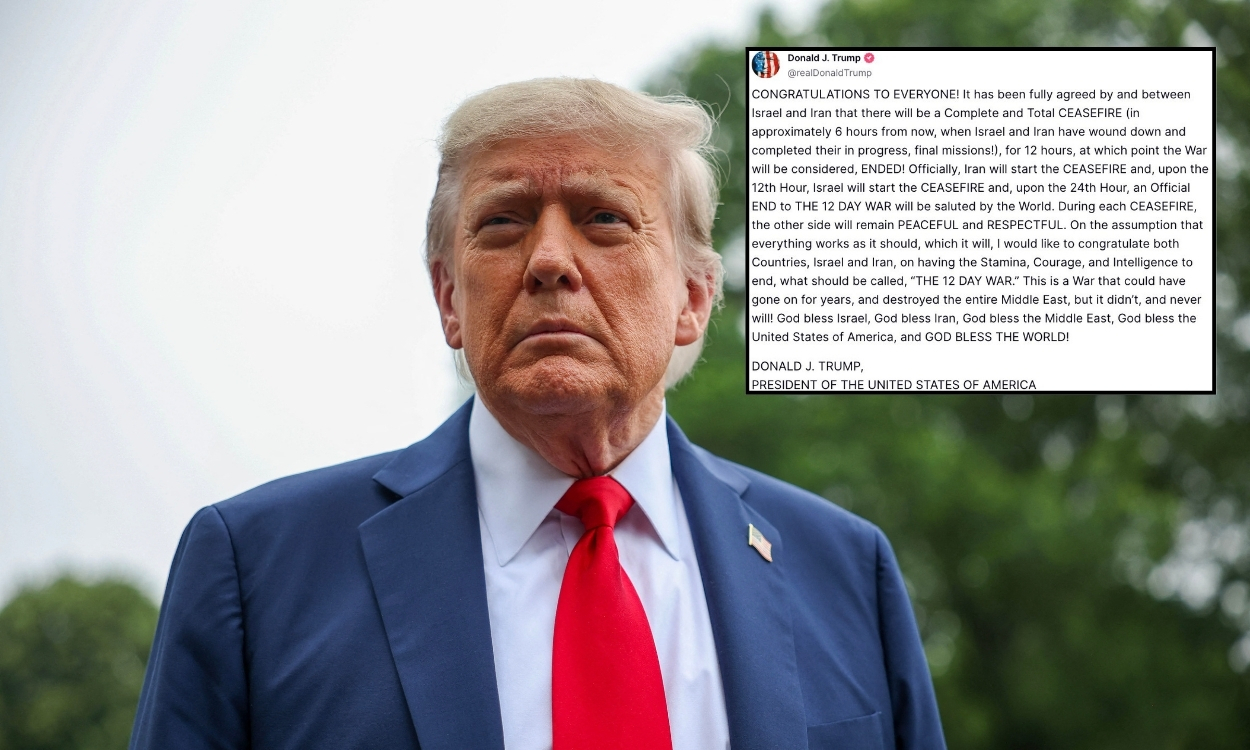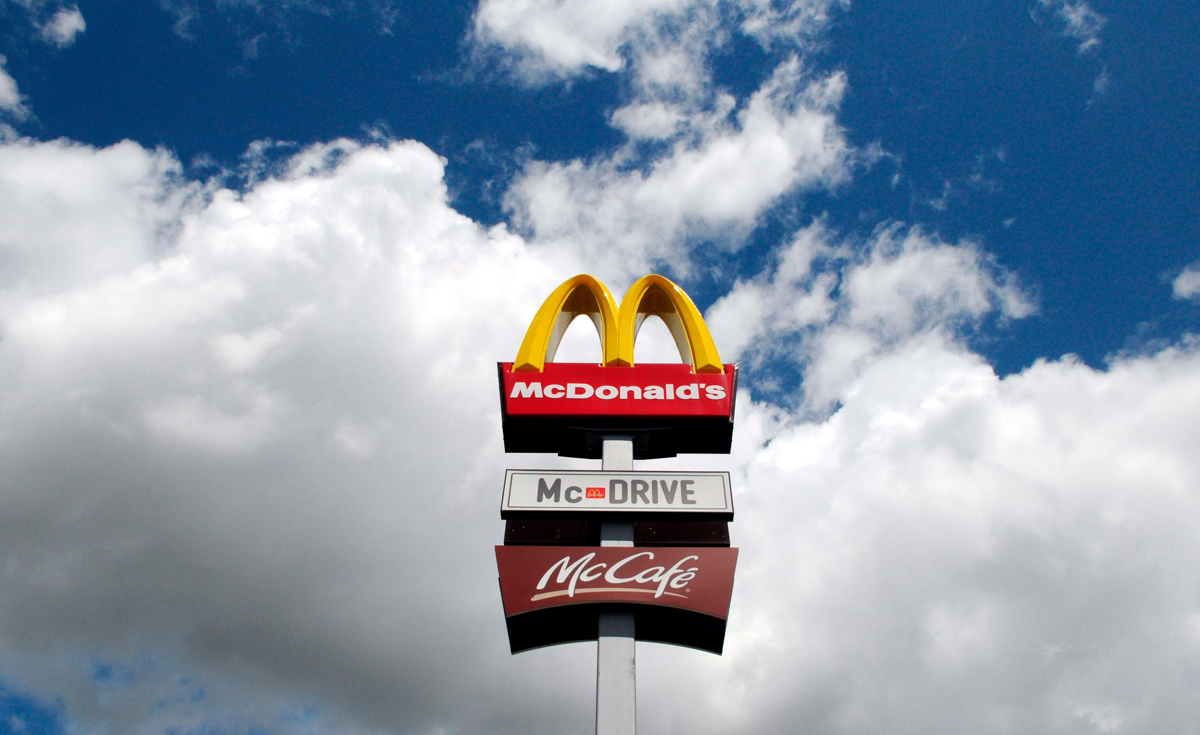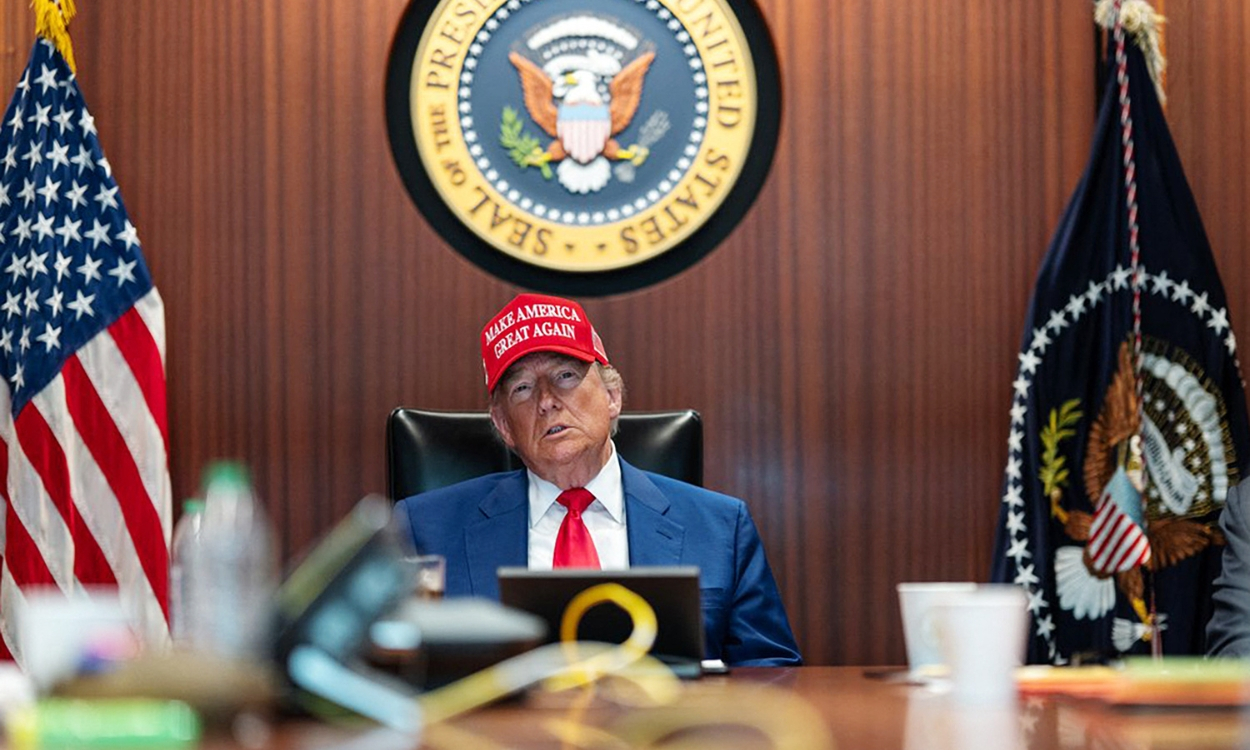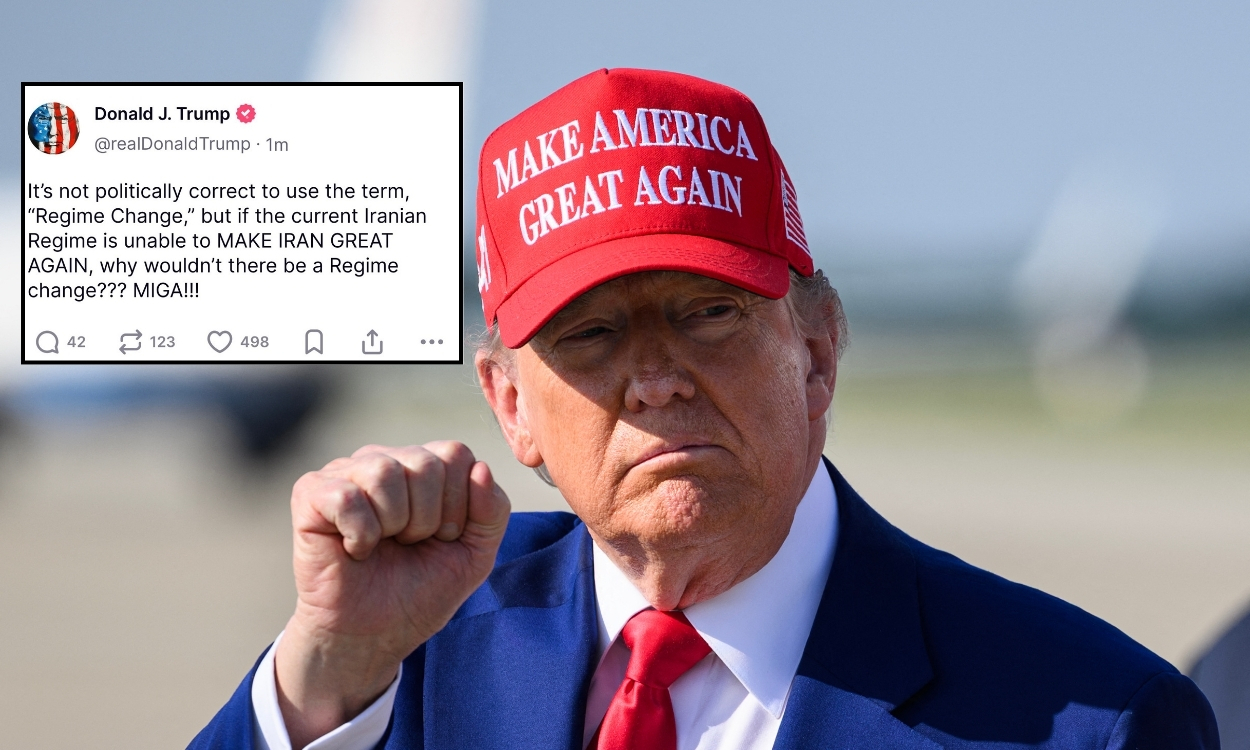US Treasury pulls the plug on pennies—Are your coins about to become worthless?
The US Treasury has confirmed it will stop producing pennies next year, ending over two centuries of circulation. Here's what it means for your everyday purchases.
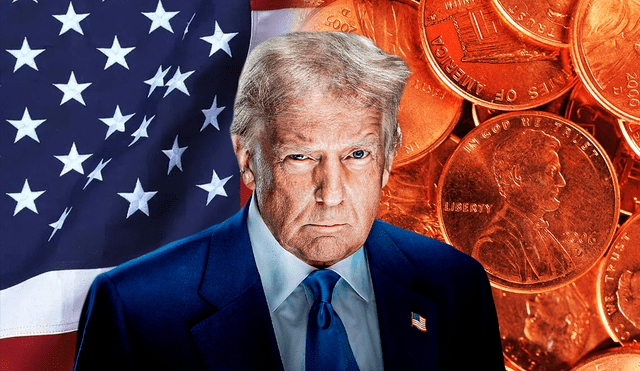
The US Treasury Department has officially confirmed that the minting of the one-cent coin, commonly known as the penny, will cease starting next year.
This historic decision marks the end of over two centuries of the penny’s circulation in the United States.
US Treasury confirms end of penny production starting 2026
In February, President Donald Trump told Treasury Secretary Scott Bessent that pennies were "wasteful" and demanded to stop minting them. Both Republican and Democratic lawmakers have introduced separate bills in the House of Representatives and U.S. Senate to call for an end to the coin.
One of the reasons this decision was made is due to the rising cost of producing a single penny. In recent years, the price rose from 1.3 cents per coin to 3.69 cents. According to the Treasury Department, stopping the production will lead to immediate annual savings of $56 millions.
Reasons behind phasing out the penny
The penny was initially introduced by the government in 1793. Starting in 1909, the front of the coin has featured a portrait of President Abraham Lincoln, and it is composed of zinc and copper.
Leaving the penny out of the American currency system has been an ongoing debate for years. While some argue that these coins helps to bring the prices down, and is a source of income for many charities, for the critics, the pennies are nothing more than a nuisance.
What does the penny going away mean for everyday purchases?
According to The Wall Street Journal, phasing out of the pennies will mean that a lot of businesses will need to round their prices up or down.
However, America is not the first country who has phased out their lowest denomination coin. In 2012, Canada did the same after citing similar problems. The U.K. did not mint any new coins in 2024, as the declining use of cash meant that there were enough in circulation.




